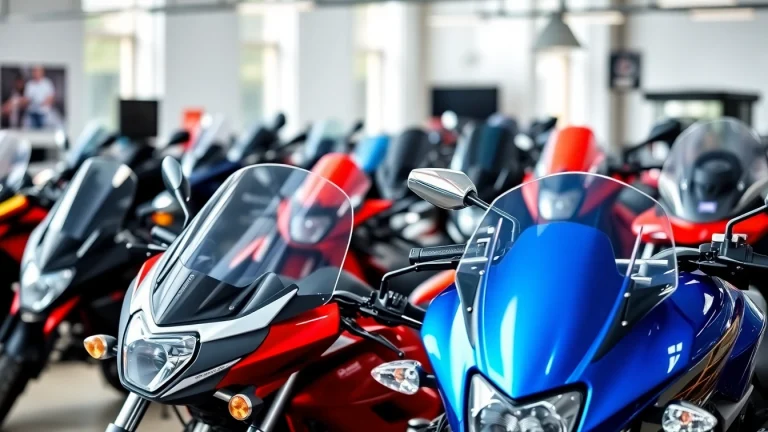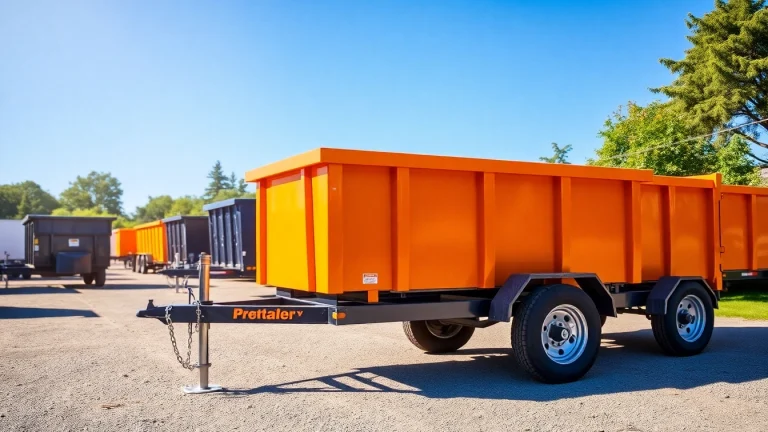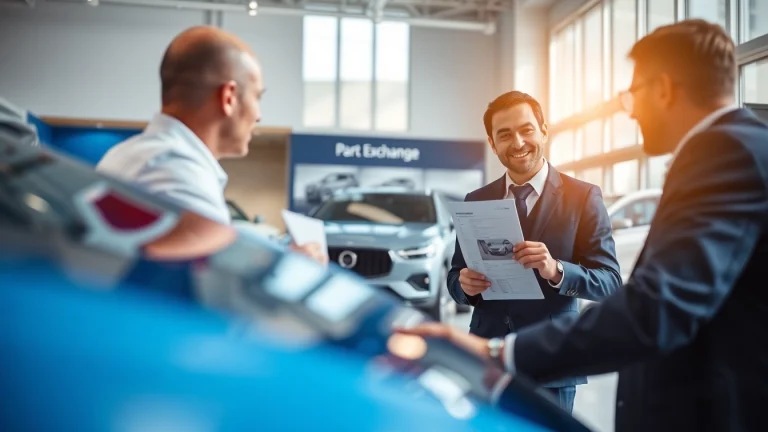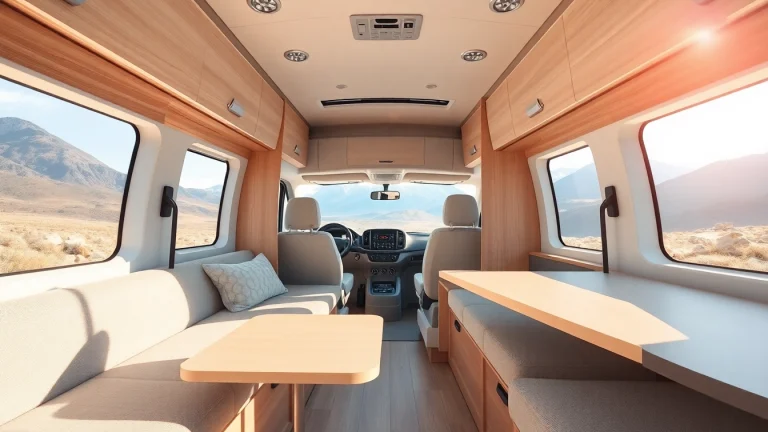
High-Performance Motorcycle Windscreens: Enhance Your Ride Experience
Understanding Motorcycle Windscreens
What Are Motorcycle Windscreens?
Motorcycle windscreens, often referred to as windshields or fairings, are protective barriers installed at the front of a motorcycle. Their primary function is to shield riders from wind, debris, and other elements that can hinder visibility and comfort while riding. Essentially, they act as a buffer between the rider and the environment, providing both safety and an improved riding experience. High-quality motorcycle windscreens can significantly enhance your journey by minimizing air drag and turbulence.
Types of Motorcycle Windscreens
Motorcycle windscreens come in various types, each designed for specific riding styles and conditions. Here are some of the most common types:
- Full Windscreens: Cover the entire front area, ideal for touring and cruiser bikes. They offer maximum protection from wind and debris.
- Sport Windscreens: These are shorter and more angled, designed specifically for sport bikes. They help reduce wind resistance while maintaining aerodynamics.
- Universal Windscreens: Can be fitted to a variety of motorcycle models, offering flexibility for custom installations.
- Clip-On Windscreens: These can be attached easily to different motorcycle models without extensive modifications, making them a popular choice for casual riders.
Benefits of Installing Motorcycle Windscreens
Installing a motorcycle windscreen provides several advantages. Below are some key benefits:
- Enhanced Comfort: By reducing wind resistance, windscreens minimize rider fatigue on longer journeys.
- Improved Aerodynamics: Helps to streamline the motorcycle, allowing for better fuel efficiency and higher speeds.
- Increased Safety: Shields the rider from debris and insects, which can distract or injure. Additionally, they can reduce head buffeting, providing better control.
- Weather Protection: Protects against rain, bugs, and other environmental factors, which is especially beneficial in changing weather conditions.
Choosing the Right Motorcycle Windscreen
Factors to Consider in Selection
When choosing a motorcycle windscreen, several factors should be taken into consideration:
- Height and Shape: The height and contour of the windscreen can significantly influence aerodynamics. Consider your riding style and typical wind exposure.
- Material: Windscreens are often made from either polycarbonate or acrylic. Polycarbonate is generally more durable, while acrylic is lighter and offers better clarity.
- Installation Method: Some windscreens require professional installation, while others can easily be fitted at home. Make sure you understand the installation requirements.
- Compatibility: Ensure the windscreen you choose is compatible with your motorcycle’s make and model to avoid fitting issues.
Aftermarket vs. OEM Windscreens
When shopping for windscreens, riders can choose between Original Equipment Manufacturer (OEM) parts and aftermarket products. Each has its pros and cons:
- OEM Windscreens: Usually more expensive and made to fit specific models. They guarantee quality and compatibility, often backed by warranties.
- Aftermarket Windscreens: Generally more affordable, these parts can provide more variety in style and function. However, they may require adjustments for correct fitment.
Your choice will ultimately depend on your budget, brand loyalty, and personal preferences.
Top Brands for Motorcycle Windscreens
Several brands are known for their high-quality motorcycle windscreens. Some of the most reputable include:
- National Cycle: Known for its durable Quantum® hardcoating that promises scratch resistance and clarity.
- Zero Gravity: Renowned for precision crafting actively utilized in racetracks, offering designs such as Double Bubble for enhanced aerodynamics.
- Memphis Shades: Offers a wide range of styles including custom options for specific models, particularly popular among Harley riders.
- Givi: Well-regarded for universal fitment and high-quality materials, perfect for adventure bikers seeking versatility.
Installation and Maintenance Tips
How to Properly Install Your Windscreen
Proper installation of your motorcycle windscreen ensures optimal performance and safety. Follow these steps for installation:
- Gather Tools: Most installations will require basic tools: screwdrivers, wrenches, and a soft cloth to prevent scratches.
- Align the Windscreen: Position the windscreen over the mounting holes on your motorcycle. Use tape to hold it in place temporarily.
- Install Mounting Hardware: Secure the windscreen by hand-tightening the screws or bolts. Avoid overtightening, which can crack the windscreen.
- Check Alignment: Ensure the windscreen is aligned properly before fully tightening the screws.
- Final Inspection: After installation, take your motorcycle for a short ride to test visibility and stability.
Maintenance Best Practices
Proper maintenance is crucial to ensure the longevity of your motorcycle windscreen. Here are some best practices:
- Clean Regularly: Use a soft, non-abrasive cloth and a suitable cleaner designed for plastic to remove dirt and smudges.
- Inspect for Damage: Regularly check for scratches, cracks, or any loose mounting hardware. Early detection can prevent further damage.
- Store Properly: When not in use, consider covering your motorcycle or parking it indoors to protect the windscreen from the elements.
Signs of Wear and When to Replace
Knowing when to replace your motorcycle windscreen is crucial for safety. Look for the following signs:
- Severe Scratches or Cracks: If visibility is impaired due to scratches or cracks, it’s time for a replacement.
- Loose Mounting Points: If the windscreen becomes loose, despite tightening, it may need to be replaced.
- Discoloration: If the windscreen becomes cloudy or discolored, it can be an indication of aging materials.
Motorcycle Windscreens and Safety
Impact on Aerodynamics and Riding Safety
A well-designed windscreen can significantly enhance aerodynamics. By aiding airflow around the bike, a properly installed windscreen reduces drag and minimizes turbulence, allowing for smoother rides. This efficient airflow can also improve fuel economy, making longer rides more economical.
Safety is significantly improved by reducing the strain on the rider when facing gusty winds or debris. Strain can lead to fatigue, increasing risks during long rides. Therefore, investing in a suitable windscreen is an essential component of safe motorcycling.
Understanding Legal Requirements for Windscreens
Motorcycle laws vary by region, but many jurisdictions require specific standards for windshields. In some areas, windshields must be of a certain height and made from specific materials to ensure safety. Always check local regulations to ensure your windscreen complies with the law to avoid fines and ensure your riding legality.
How Windscreens Improve Visibility
Enhanced visibility is one of the primary advantages of having a motorcycle windscreen. By deflecting wind and debris, a windscreen allows the rider to maintain clear sightlines. Riders can focus more on the road ahead rather than being distracted by wind buffeting. Additionally, many windscreens are designed to improve optical clarity, which can dramatically affect night driving and adverse weather conditions.
Future Trends in Motorcycle Windscreens
Innovative Materials and Technology
The future of motorcycle windscreens is exciting, with new materials and technology spearheading advancements. Innovations such as anti-fog coatings, self-healing materials that minimize scratches, and integrated lighting systems are on the horizon. Lightweight composites that enhance strength without compromising clarity are also being explored, promising even greater enhancements for riders.
Customization Options for Personalization
Modern riders seek not only functionality but also personal expression. Customization options, such as colored tints, graphics, and even adjustable heights, are becoming increasingly popular among enthusiasts. Manufacturers are responding to this demand, providing choices that cater to unique style preferences while maintaining high-quality performance standards.
Environmental Considerations in Manufacturing
In response to growing environmental concerns, many motorcycle windscreen manufacturers are looking at more sustainable practices. This includes using recycled materials, minimizing waste during production, and promoting longevity in product life cycle. Eco-friendly practices not only appeal to a growing demographic of environmentally conscious riders but also pave the way for a greener future for the motorcycle industry.


